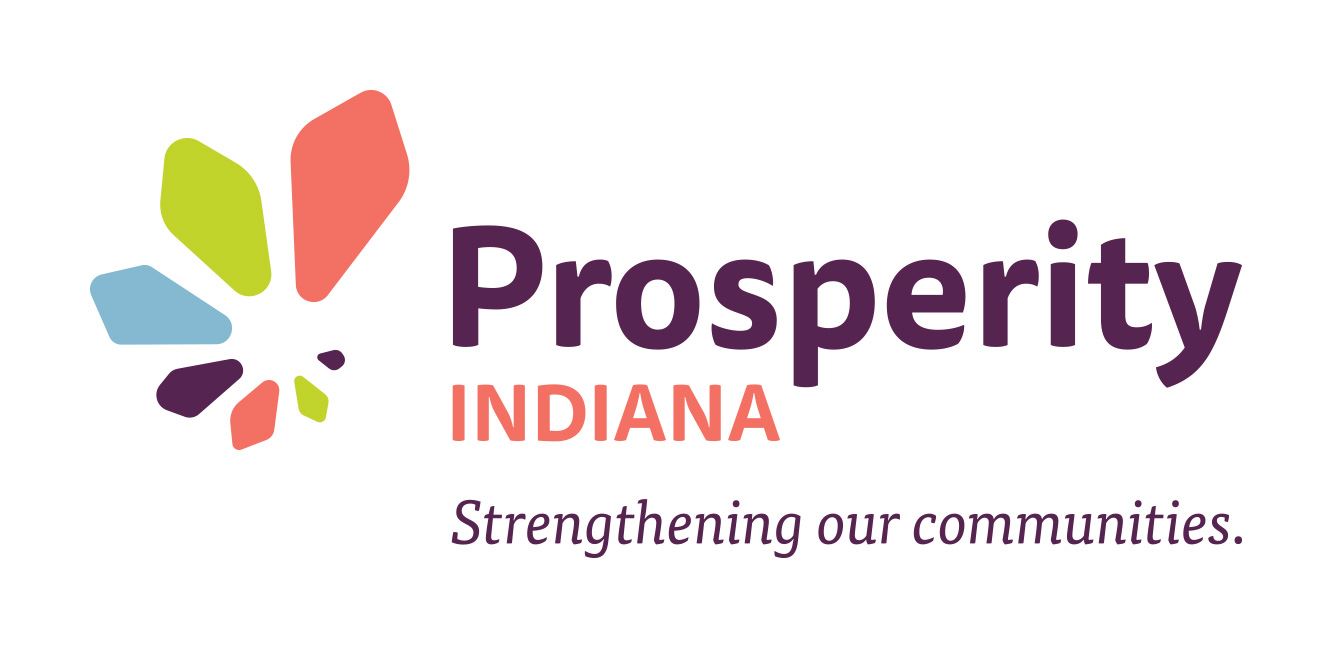Policy News
Prosperity Indiana
1099 N. Meridian Street, Suite 170 Indianapolis, IN 46204 Phone // 317.222.1221 Email // info@prosperityindiana.org |
Powered by Wild Apricot Membership Software
Policy News
Prosperity Indiana
1099 N. Meridian Street, Suite 170 Indianapolis, IN 46204 Phone // 317.222.1221 Email // info@prosperityindiana.org |

